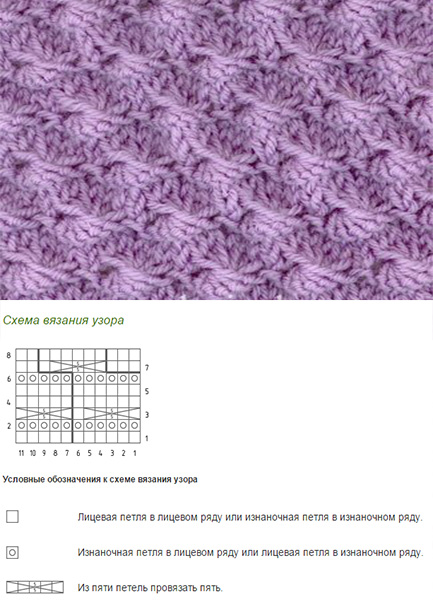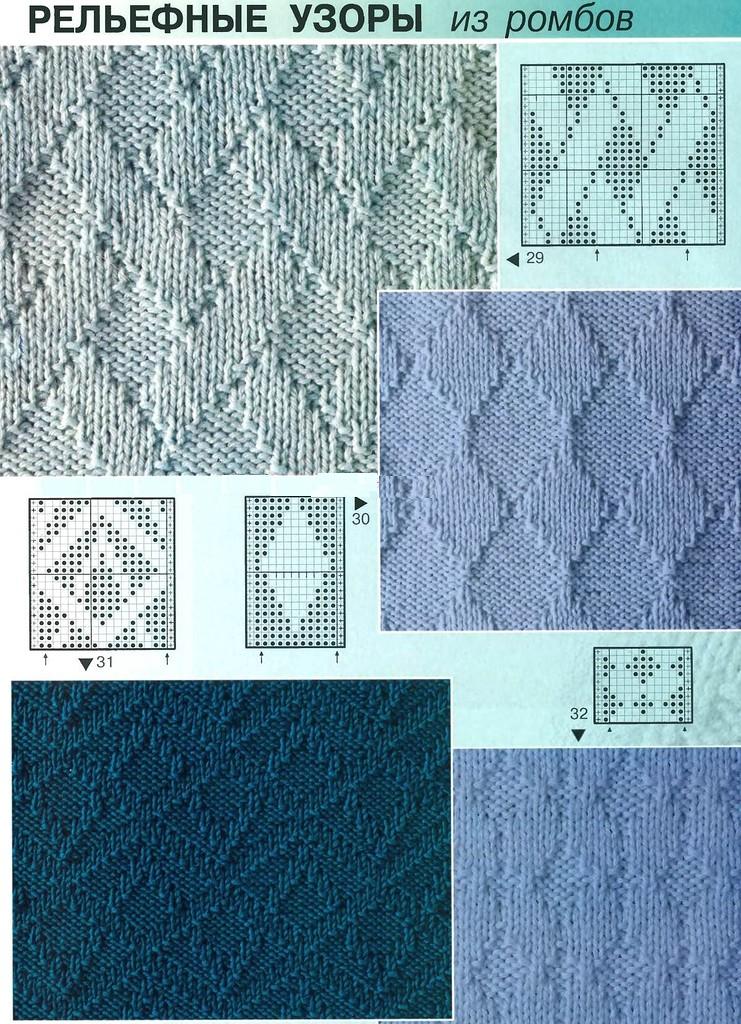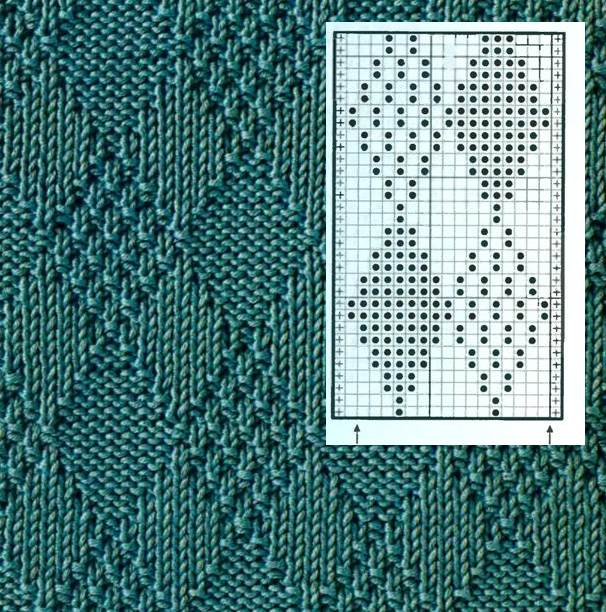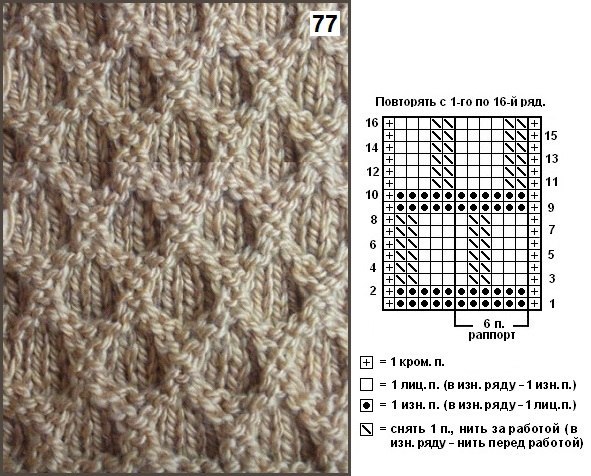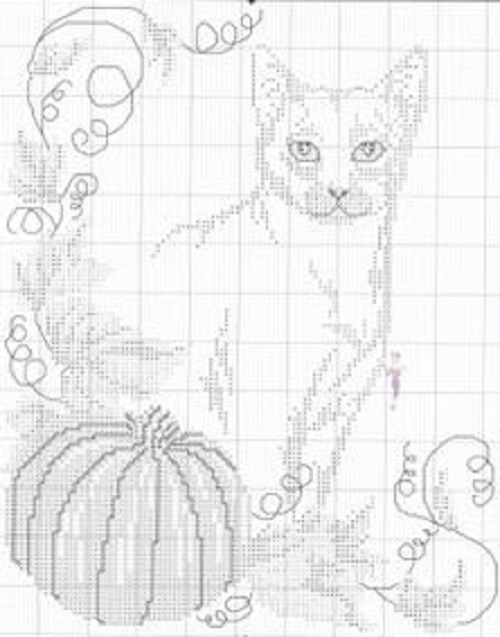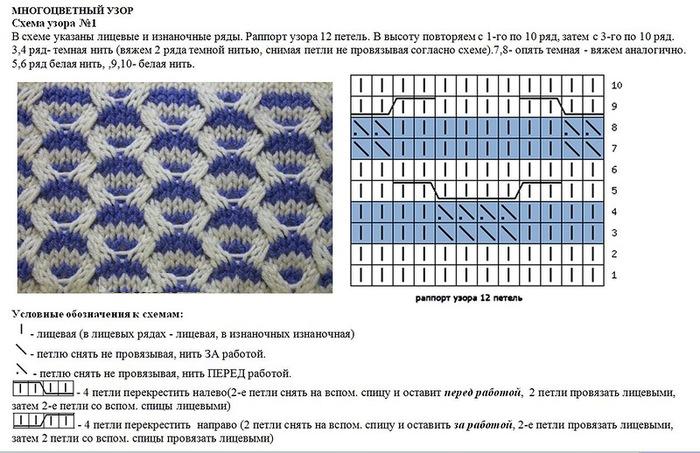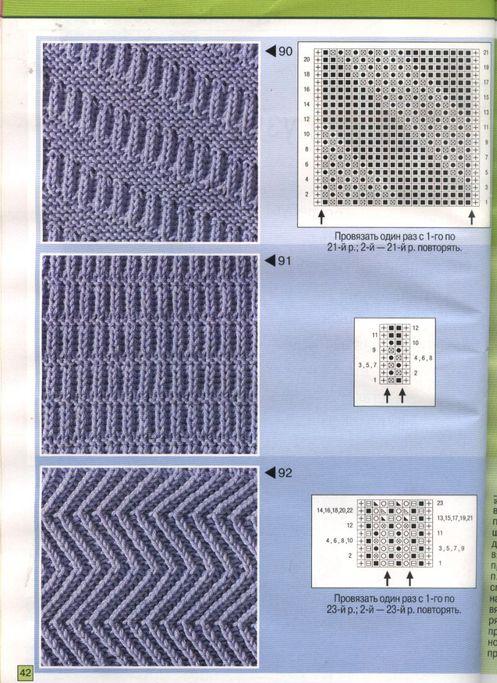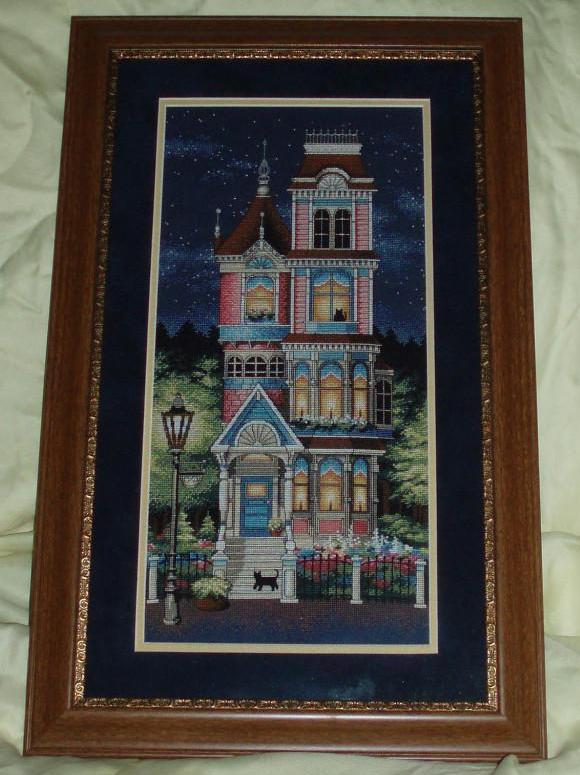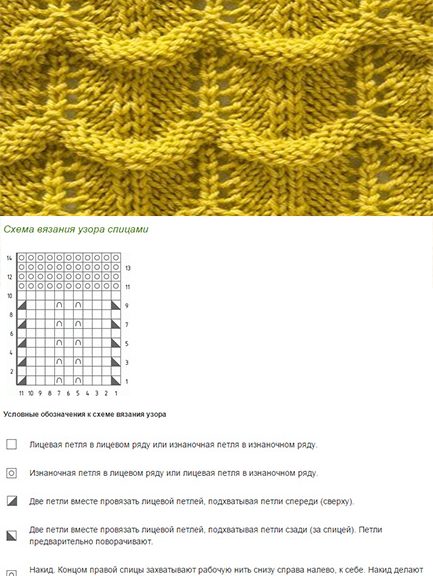
Terms of knitting needles embossed patterns and a selection circuit
Content
In the vast world of knitting patterns, drawings andThere are a variety of patterns called relief patterns spokes. This category is made by combining the right and wrong of loops. The alternation of the loops (P) is executed every time needles differently according to schemes. Several complicating combination of the LP and the LP, you can get a so-called three-dimensional knitting. To form the bulk of motives circuit may comprise nakida captured and displaced P. These patterns will be considered later, and now dwell on the reasons for the relief spokes. As a result of the exclusive use of the right and wrong P, the data patterns to form a beautiful fabric that has no holes and openings. This is due to the lack nakida.
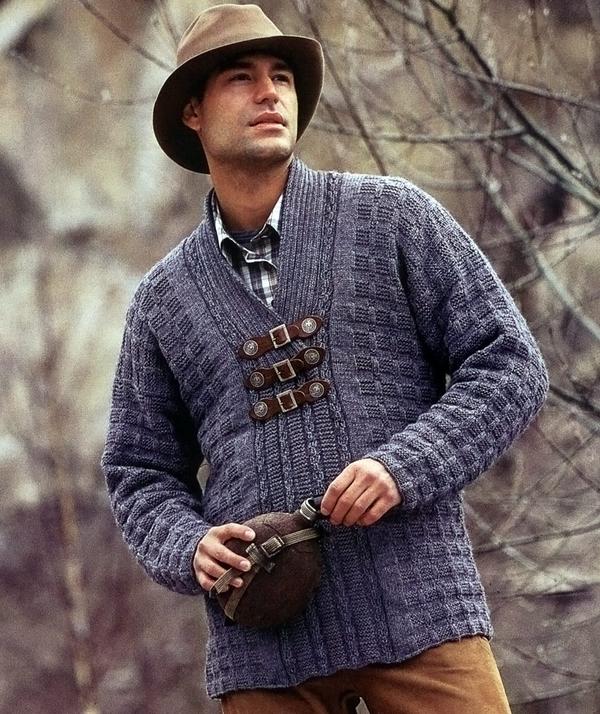

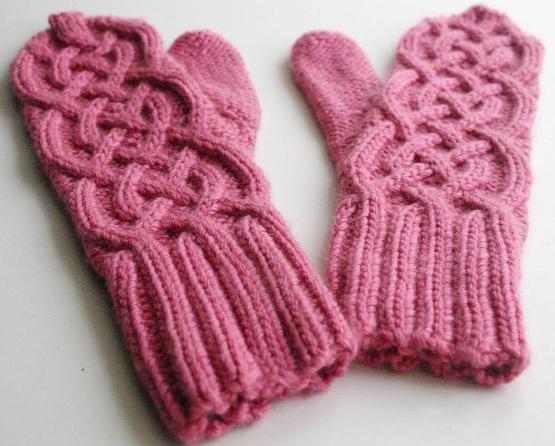
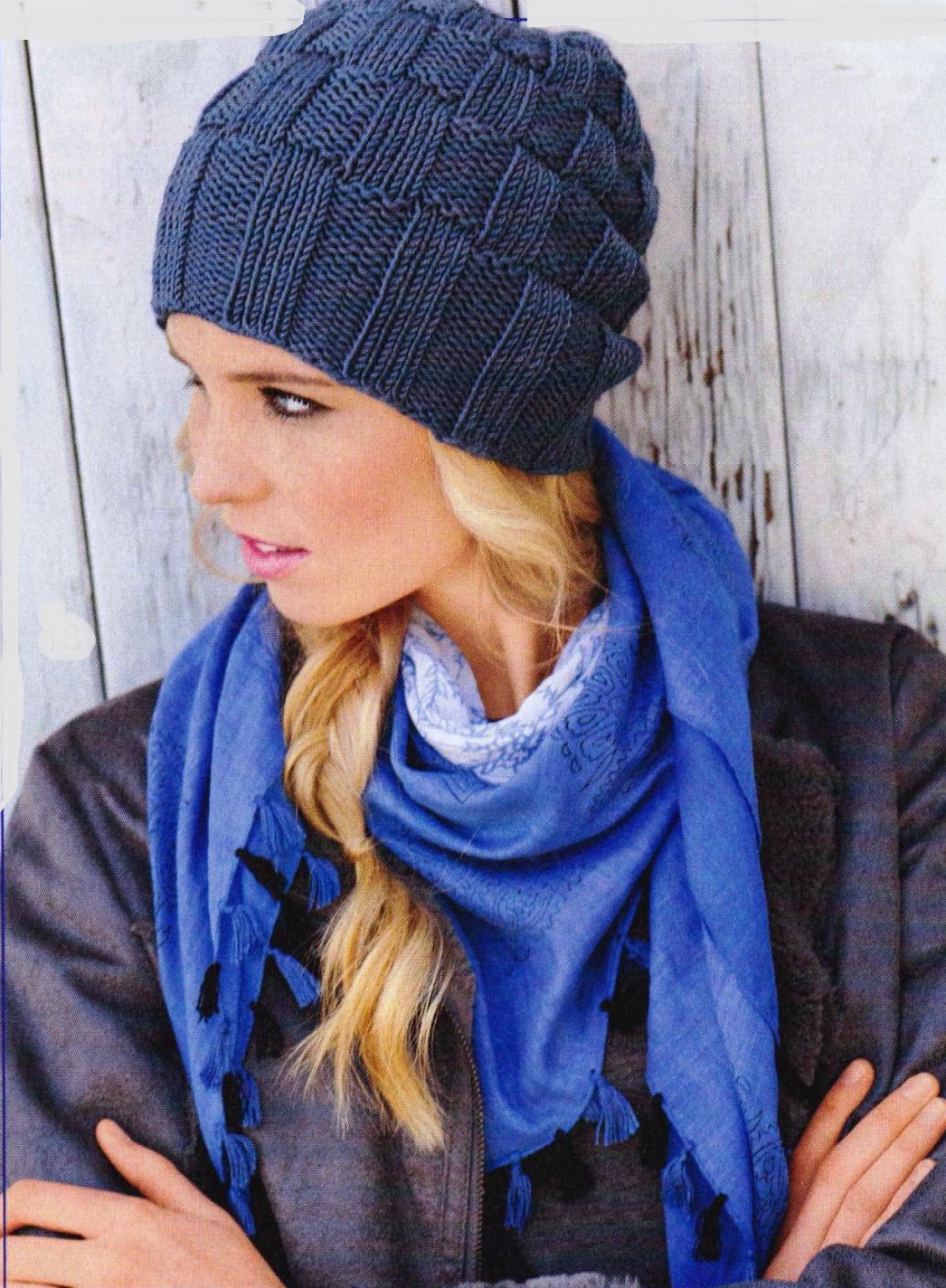

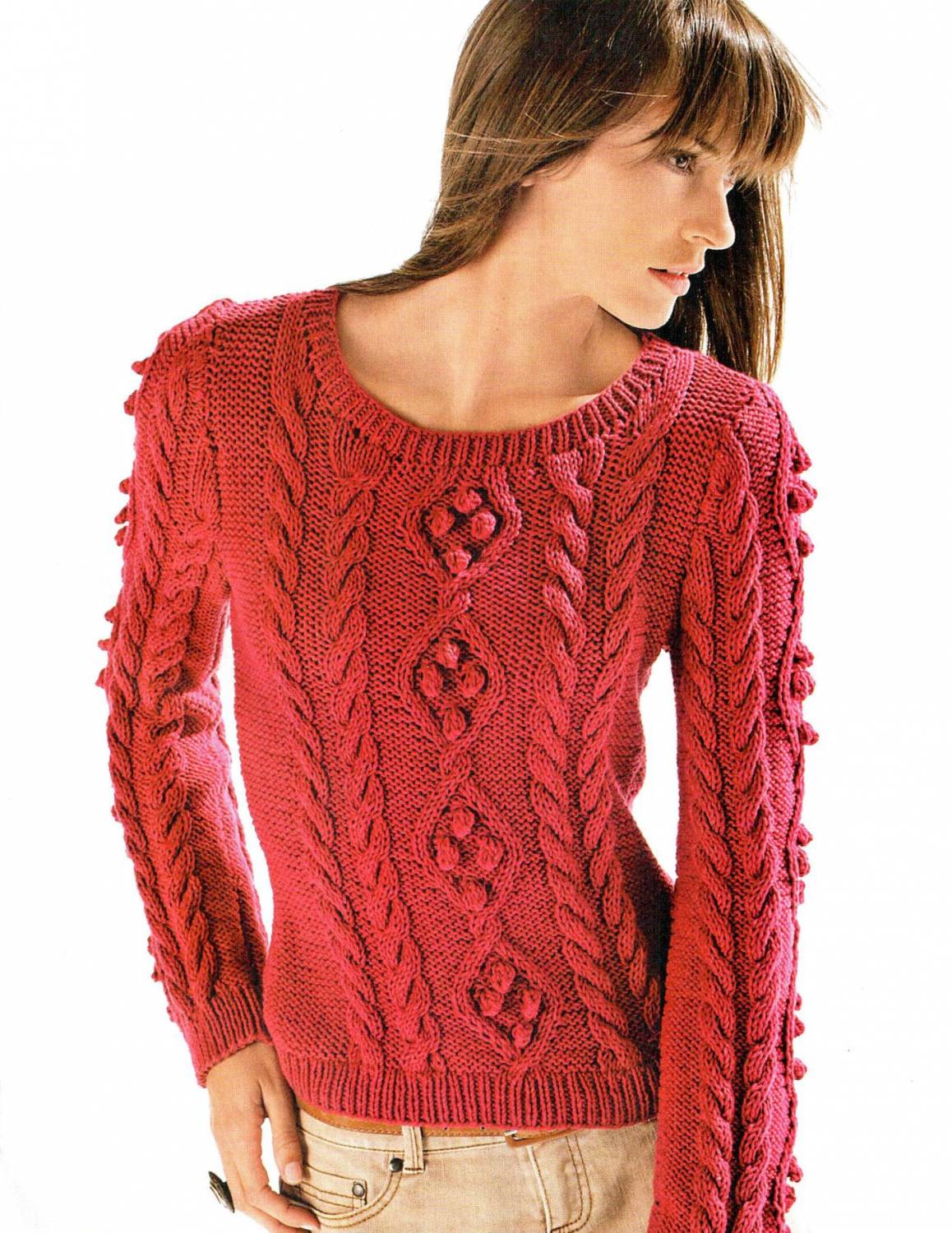
A great number of reliefs explaineda variety of possible combinations of the LP and SP. One of the common properties of the relief pattern is the ease of knitting. The simplicity of such motives spokes allows their use for training novice knitters. All figures should be formed of very smooth yarn. Smooth thread allows you to get a very effective decoration. Using a thick thread, you bind spokes spectacular relief, as in the photo below. If you have a fairly thin thread, fabric turns elegant and refined.

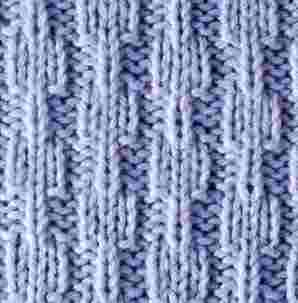
The yarn can be cotton, acrylic, woolor mixed, but it certainly needs to be very smooth. This applies to almost all of these patterns are in demand not only for beginners, but also experienced handy. They often use such ornaments to be combined with openwork that looks extremely impressive.

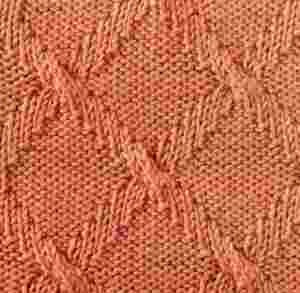
Learn to knit by the scheme
One of the simplest and most popular reliefmotives needles is common gum 1x1, 2x2, 1x2. Here the figures indicate the number of right and wrong P, which fit specific gum. So flexible relief pattern often knit with needles knitwear such as a sweatshirt. If men's sweater, just gum will be very appropriate. In this case, the product fit entirely with the use of this particular drawing. Women's sweater, it is desirable to associate other relief ornamentation, but the cuffs, neck and bottom area is best to perform the exact same simple rubber band, with any of the combinations P.
Shown here is a simple rubber band 1x1. Below you see the rubber band 3x2, and its circuit.
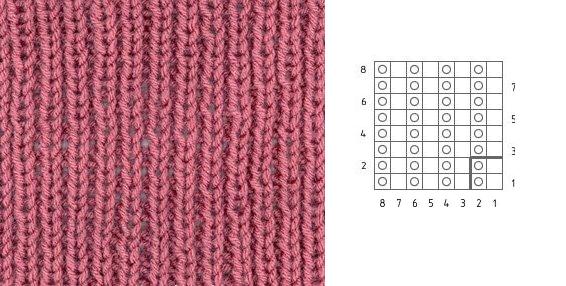
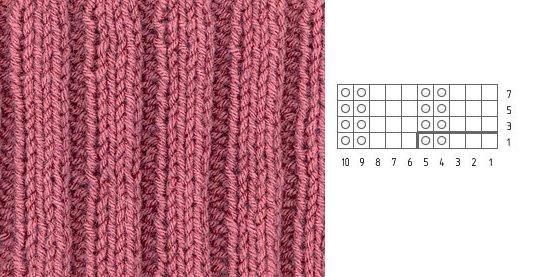
In addition there is a large easy-gumnumber of embossed patterns. The main difference between them is the amount of repeats, as well as combinatorics right and wrong P. To see how easy relief patterns spokes, we look at some of them with the accompanying diagrams.

Very simple scheme of the LP and SP allows you to associate this refined and elegant embossed pattern that is perfect for almost any type of clothing or accessory.
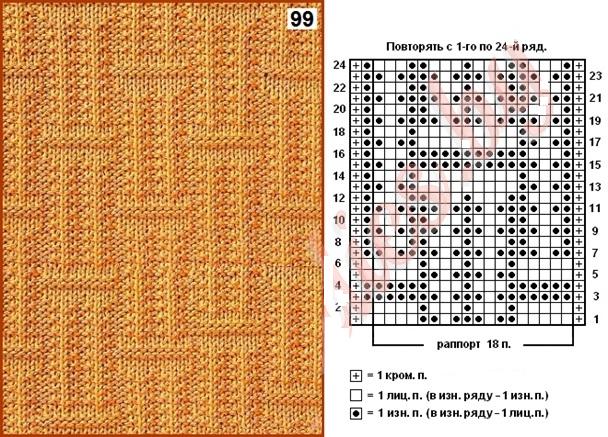
The second figure also includes only the facial and purl loops, and it is best to look at the men's sweaters or sweaters.

This is an extremely expressive relief pattern, which can be associated with needles at both the adults and children's things.

Another scheme that allows to perform a relief pattern spokes that complements any type of clothing, scarf or hat.

When the ornament except for the right and wrong U attend are other P as nakida shot loop and displaced II, these reliefs can be attributed to the volume knitting.
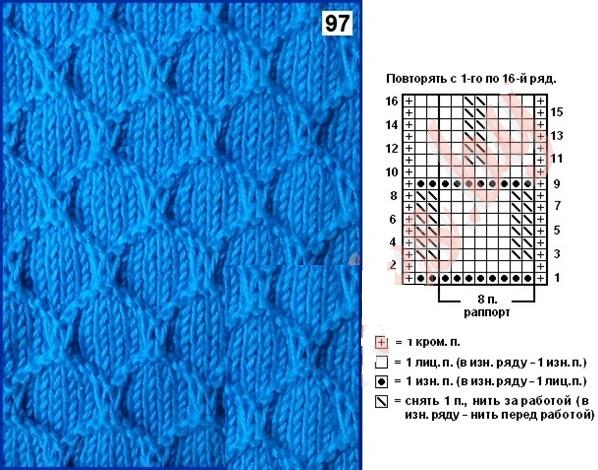
In these figures, except for the right and wrong are present P shot loop.
One of the most popular and frequently performed is a relief, "Spit".


In the first four rows are performed only LP andSP, and in the fifth row is necessary to make the displaced P to get one of the most voluminous figures. The second movement is performed in the eleventh row. This master class is also present a video of this type of knitting patterns.
Video master class on knitting bulk braids
Rapport Spit is eighteen P in a row, andeight rows vertically. The peculiarity of this pattern is that some of its hinges knitted short rows, creating an additional amount. Carefully watch the attached video, and try to repeat it as accurately as possible. In the first row (R), all P Spit tally only as LP. In the next purl all P P Spit provyazyvaem like SP. The third P tally facial tresses only twelve units, after which the work turns and the same P knit again, but as SP. Continue needlework as required by video. Provyazyvayte additional rows in the central PA for this need to constantly rotate the canvas.
